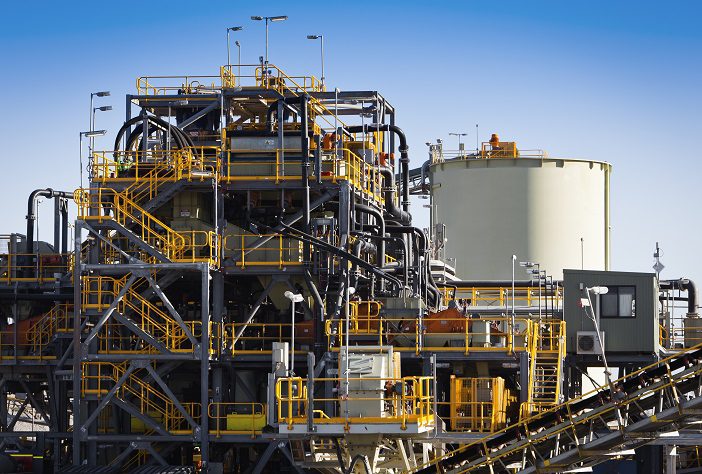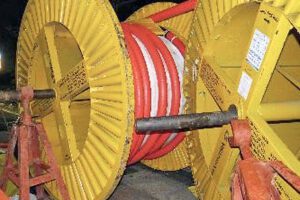PART THREE
In the past two articles, we looked at the difference between OPEX (operating expenditure) and CAPEX (capital expenditure.) We discussed the importance of how the CAPEX planning process was used by the business. We followed how the process is applied, by considering a critical safety improvement project being undertaken by a major producer.
The initial phase, of our six-phase lifecycle was called the Identify Phase, where an idea is communicated, the need is assessed and if valuable to the company, it proceeds to the next assessment phase. The next phase is the Assess Phase, which defines the problem in more detail and clearly sets out sets out the measurement of success for the solution. Its is where alternate options to meet the outcome required are considered.
The project we’re using as a study, is the current siting of a plant central control room. The control room was found to be within range of hazards, which in the event of several possible process failures, the consequence may include likely fatalities. The discovery of this unacceptable risk added urgency to the planning process to rectify the situation through a capital project.
In the Assess Phase, multiple options were presented, with some being discarded as less viable, leaving the best alternatives to be considered further. We now consider the project assessment in the Select Phase. In this phase, practical solutions are assessed in detail and are measured against one another to determine which will finally be selected for implementation.
The Select Phase is where the detailed feasibility studies are carried out, to dig deep into the choices, options, costs and relative benefits and outcomes of each solution. Feasibility Studies can vary in depth and breadth of assessment being carried out. This is why you might hear different names, such as pre-feasibility study, definitive feasibility study or bankable feasibility study. Each has a different purpose and sometimes, outcome. The measures for success, established in the Assess Phase are now used during the Select Phase to compare and score each, so that the best solution is identified and recommended for selection and implementation.
In our control room example, the options carried into the phase were:
- Strengthen the buildings to withstand the impact of a process failure;
- Relocate the control room to another existing building in the plant;
- Relocate to a new building in the plant;
- Do nothing.
Clearly, due to the risk and possible outcome, the Do Nothing option cannot be accepted.
Remaining options were considered in detail and strengthening the existing Room was soon discarded as failing to meet the required outcome. Careful consideration of existing buildings followed, as was a new purpose-built building. It was agreed that the existing buildings available were undesirable for a practical reasons, because of the many compromises required by resident users and control room staff. The optimum solution was found to be a new control room. This was further enhanced by the inclusion of another smaller control room in the one building.
The process followed in this decision phase built on the earlier identification and solution planning, then further narrowed down the selection by detailed assessment of each option and its relative merits. The outcome of the process allowed the project team to clearly define, measure and cost the proposed solution to be presented as the preferred option for taking into the next phase and implementation. The detail generated in this Phase allows the management committee, who decide on the capital investment, to be able to question the project team and be confident that the plan is robust and will meet the required outcome for the business.
With the Select Phase reaching a successful conclusion of the recommendation and acceptance of the option to build a new central control room, the next task is to proceed into the Deliver Phase, which we will discuss in next month’s article.
Read Part One of this article Here / Read Part Two of this article Here / Read Part Four of this article Here

Our Guest author is Peter Crane from SER Solutions. SER Solutions is an independent strategy and operations management consultant, principally, to the energy and resources sectors. The Company provides clients with practical guidance and economic solutions to critical infrastructure assessment, planning and delivery. You can contact Peter hereby email or Phone














Add Comment